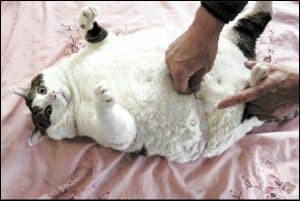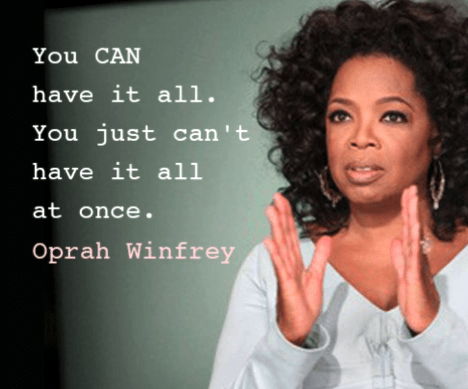Childhood Obesity Linked to Increased Risk of Multiple Sclerosis, Swedish Study Finds

A groundbreaking study conducted by researchers at the Karolinska Institute in Stockholm, Sweden, has unveiled a concerning link between childhood obesity and the heightened risk of developing multiple sclerosis (MS) later in life. The findings, slated to be presented at the European Congress on Obesity in May in Venice, Italy, indicate that obese children may face more than double the risk of developing MS compared to their non-obese counterparts.
Briefly on MS
MS is a chronic condition that affects the central nervous system, including the brain and spinal cord. Its symptoms vary widely and can include vision problems and difficulties with movement, sensation and balance. While the exact cause of MS remains unclear, researchers have long sought to understand the various factors contributing to its development.
How the study was conducted
The study’s foundation lies in the analysis of data from the Swedish Childhood Obesity Treatment Register, which contains extensive information on children undergoing treatment for obesity. Researchers examined records spanning from 1995 to 2020, comparing data from over 21,600 children with obesity to that of more than 100,000 children without obesity.
The study’s results
The results were striking. While the overall likelihood of any one child developing MS remains low, the study revealed that children who were obese faced more than double the odds of developing MS later in life compared to their non-obese peers. Specifically, the rate of newly diagnosed MS cases among obese individuals reached 0.13%, compared to 0.06% among non-obese children.
Professor Claude Marcus, who led the study, commented:
There are several studies showing that MS has increased over several decades and obesity is believed to be one major driver for this increase… Thanks to our prospective study design, we can confirm this theory.
The study also highlighted a gender discrepancy in MS incidence, with two-thirds of cases occurring in females, aligning with the general observation of a higher prevalence of MS among women compared to men. Interestingly, regardless of weight history, MS was diagnosed at a similar average age of around 23 years old.
The potential cause
Emilia Hagman, an associate professor, and Dr. Marcus pointed to chronic inflammation associated with obesity as a potential mechanism driving this heightened risk. Obesity triggers a state of low-grade inflammation in the body, which, over time, can contribute to the development of various diseases, including MS.
The research team wrote,
Paediatric obesity is associated with several autoimmune diseases and the leading hypothesis is that the persistent low-grade inflammatory state, typically observed in obesity, is mediating the association.
The bottom line
Despite the alarming findings, Marcus and his team emphasized that the absolute risk of any one child with obesity developing MS remains relatively low. Still, while acknowledging the study’s limitations, including its observational nature and relatively short follow-up period, the researchers underscored the importance of recognizing the long-term health implications of childhood obesity.
Your responses and feedback are welcome!
Source: “Obese children twice as likely to develop multiple sclerosis, study suggests,” The Guardian, 3/28/24
Source: “Childhood obesity linked to higher risk for multiple sclerosis later,” Yahoo News, 3/29/24
Image by Nathan Dumlao on Unsplash










 FAQs and Media Requests:
FAQs and Media Requests: 











